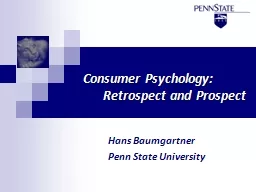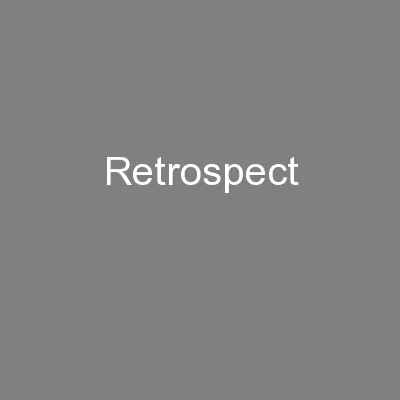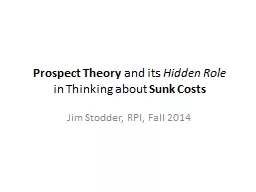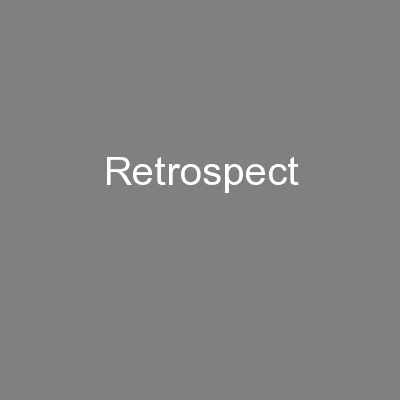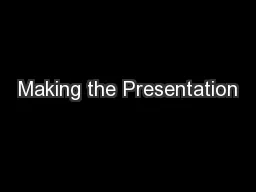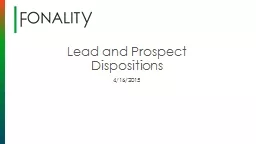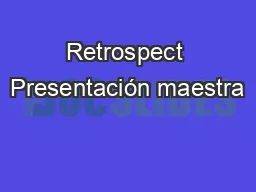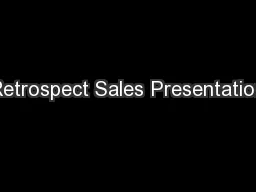PPT-Consumer Psychology: Retrospect and Prospect
Author : CountryGirl | Published Date : 2022-07-28
Hans Baumgartner Penn State University Overview Retrospect Influential streams of research in consumer psychology 19562007 Types of influential articles Prospect
Presentation Embed Code
Download Presentation
Download Presentation The PPT/PDF document "Consumer Psychology: Retrospect and Pr..." is the property of its rightful owner. Permission is granted to download and print the materials on this website for personal, non-commercial use only, and to display it on your personal computer provided you do not modify the materials and that you retain all copyright notices contained in the materials. By downloading content from our website, you accept the terms of this agreement.
Consumer Psychology: Retrospect and Prospect: Transcript
Download Rules Of Document
"Consumer Psychology: Retrospect and Prospect"The content belongs to its owner. You may download and print it for personal use, without modification, and keep all copyright notices. By downloading, you agree to these terms.
Related Documents

